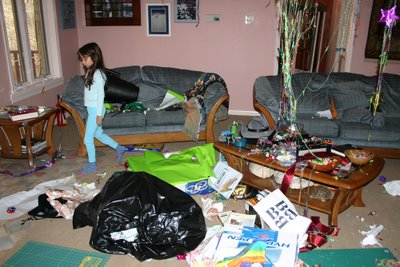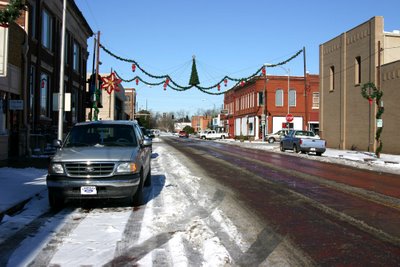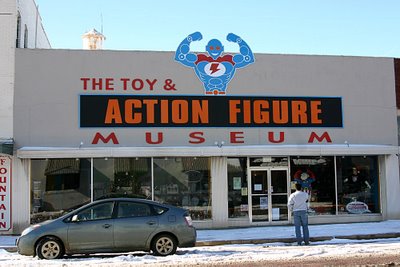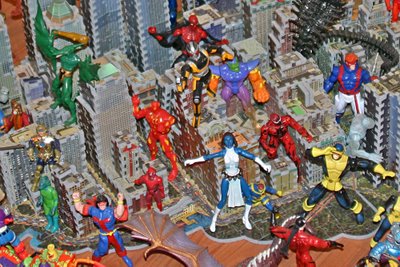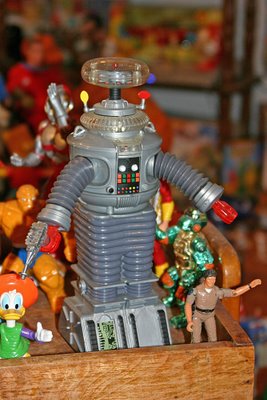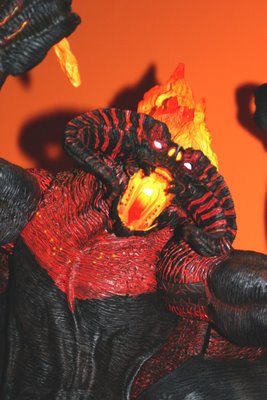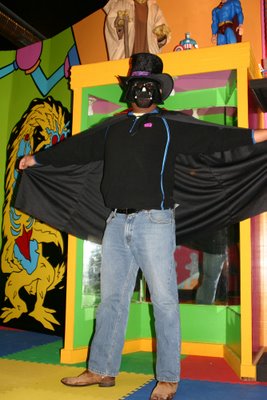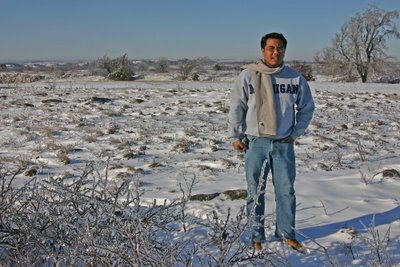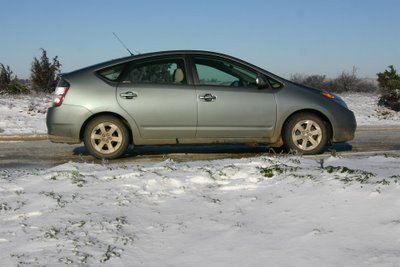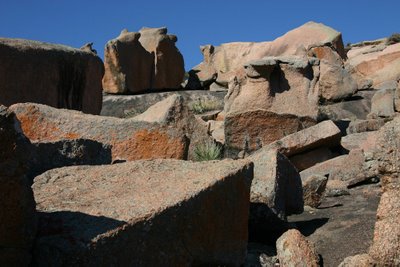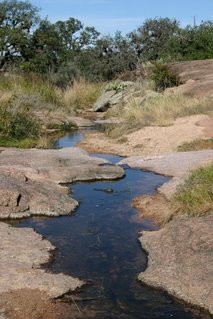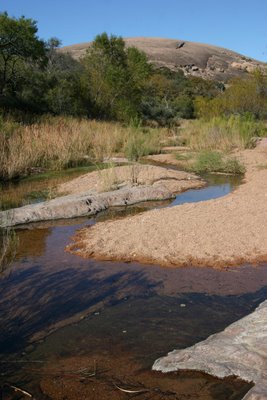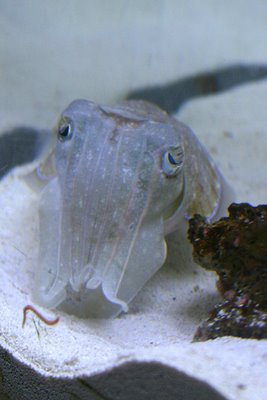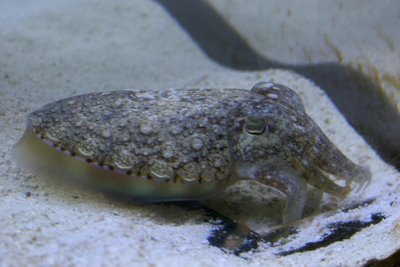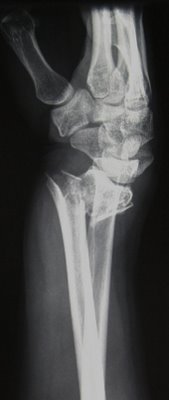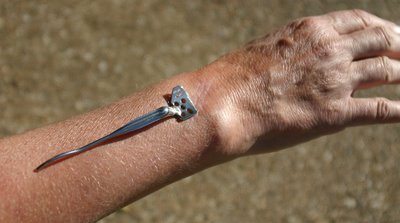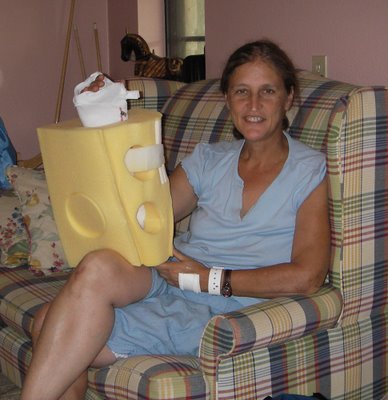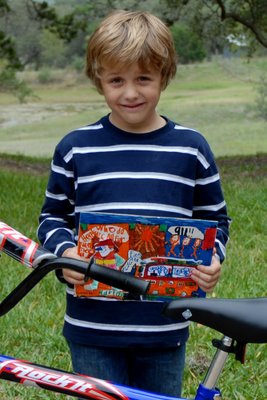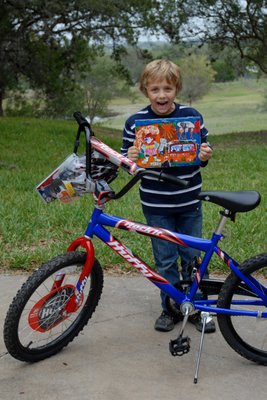The holiday isn’t over for my family. We eschew the standard celebrations to focus on the turning of the calendar. As the glittering ball falls in
I continued the tradition with my first husband who hadn’t given religion enough thought to know what he was. When Coral was born on December 23rd, I put her bassinet under the tree for a Christmas photo. The kids’ father didn’t have much of a sense of humor about social norms and Christmas was on the boring side while we were together. After our divorce, it got more fun. One year I hid the presents and told the kids Santa was sick. The Easter Bunny stood in for him but didn’t understand that the presents were to be left under the tree.
Then I met Rick who is non-Jewish. He is, however, more Jewish than I am Christian. He said it made him uncomfortable celebrating Christmas. He was raised Jewish and his mother and sister are followers of the religion. They wouldn’t like him celebrating Christmas. It didn’t matter to me so we switched over to Chanukah.
Chanukah is a beautiful holiday. The kids loved eight days of gifts. Candle races were a big event each night as we tried to guess which would last the longest. But most nights of Chanukah fall on workdays and Rick’s work ethic is warped. He couldn’t make it home at dusk for Chanukah dinner. After a few years I told him we weren’t celebrating his holiday if he wasn’t there. We were switching back to Christmas.
The solstice was out anyway because it falls before Christmas so we’d have to face awful crowds while shopping. Also, it could fall on a workday--we knew that didn’t work.
The logical choice was New Year’s Eve. Gift shopping could be done the week after Christmas, taking advantage of sales, and New Year’s Day is a holiday. We set up our own unique tradition. We decorate the living room top-to-bottom with ribbons, streamers, New Year’s banners and a silver ball hanging from the fan in the middle of the room. While we wait for
At
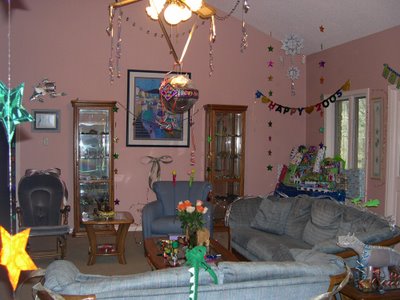 Photo: Everyone has to wear a silly hat. Here are Coral and Celeste comparing choices.
Photo: Everyone has to wear a silly hat. Here are Coral and Celeste comparing choices.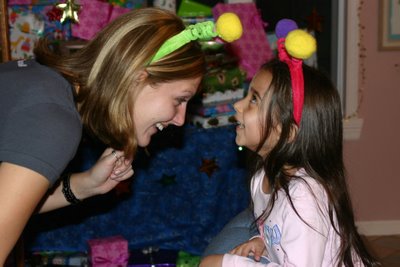 Photo: Monica and Celeste divide up the poppers for the big moment.
Photo: Monica and Celeste divide up the poppers for the big moment.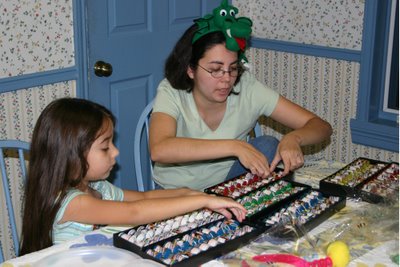 Photo: Every year I take a photo of Philip and Coral holding the photo I took of them the year before. The new photo then goes in front of the old photo in the same frame. If you look deeply enough, you can see all the way back in time.
Photo: Every year I take a photo of Philip and Coral holding the photo I took of them the year before. The new photo then goes in front of the old photo in the same frame. If you look deeply enough, you can see all the way back in time.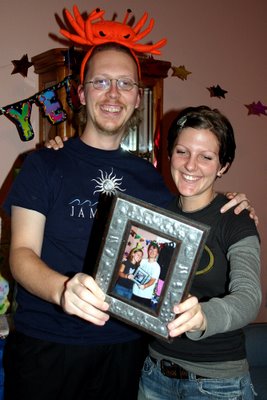 Photo: I'd like to think Celeste regrets her part in the making of this mess but I'm sure she doesn't.
Photo: I'd like to think Celeste regrets her part in the making of this mess but I'm sure she doesn't.